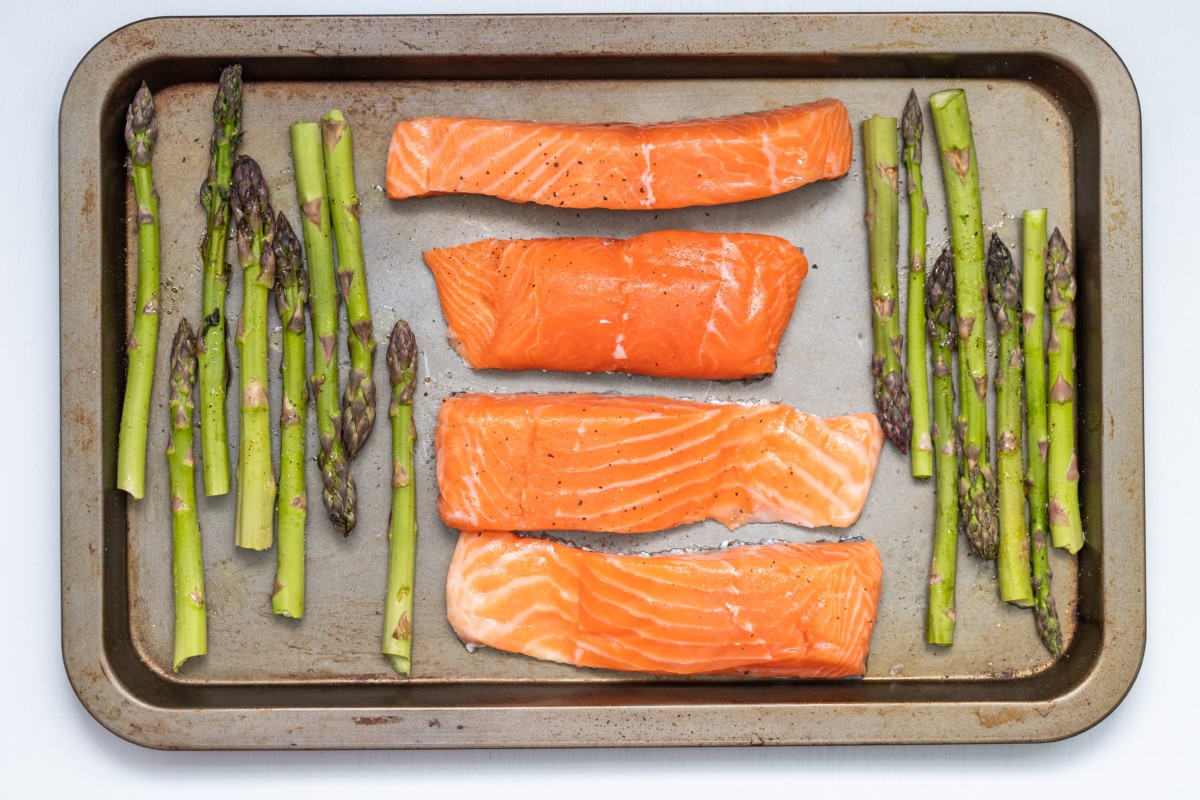Health fads come and go. Paleo diets, fat-free kicks and low-carb crazes — it’s hard telling what works and what’s harmful to your health. It all comes down to the basis that if you eat more calories than you burn through working out, you gain weight, and if you eat fewer calories and burn more calories, you lose weight. Counting macronutrients just might be the plan that sticks in ensuring you find a healthy, balanced diet.
Macronutrients are the big nutrients our bodies need a lot of, like proteins, fats and carbohydrates. Micronutrients are the things we need in small doses like vitamins and minerals, measured in micro- or milligrams. Macronutrients help with energy while micronutrients help us digest those nutrients, according to the Mayo Clinic.
Tracking both macronutrients and micronutrients keeps you accountable, making sure you’re eating the right amount of foods. Counting macros focuses attention on food quality over calorie content. This means choosing healthier, nutrient-filled foods to fulfill your macronutrient goals.
Lara Baigorria, a professional bodybuilder and University of Florida alum, says she implements macro counting into her diet when she wants to compete, lose fat, gain muscle or just maintain her physique. She says it’s a sustainable approach to dieting.
As a picky eater, Baigorria feared she would never be able to reach her health goals without eating food she hated, but counting macros showed her that she could have the best of both worlds. She could eat the foods she enjoyed in the right portions, void of feeling deprived while still working toward her goals.
Our dinner plates, whether at restaurants or at home, can be loaded up with large portions that we eventually might consider normal portions. This can distort our perception of a portion, which leads to overeating — especially in higher-calorie foods, Baigorria said. So, taking a look at what we’re missing or eating in excess can help us better understand what our body needs for balance. And here’s how:
1. FIGURE OUT YOUR CALORIE NEEDS & PLAN YOUR IDEAL PERCENTAGE
According to Jennifer Bleiweis, a registered dietitian with Real Foods RD, the average macronutrient count includes:
Carbs: 50% Of Total Calories
Fats: 30% Of Total Calories
Proteins: 20% Of Total Calories
These may differ from your personal goals and needs. If someone has a metabolic disorder like diabetes, this range may change to accommodate their disease, says Bleiweis.
2. TRACK YOUR MACROS AND CALORIE INTAKE
Begin logging the foods you eat in a journal or app, such as “My Fitness Pal” or “Lose It.” Keep in mind that it’s not necessary to hit your macro targets exactly. You can still meet your goals even if you go a few grams over or under each day.
3. KEEP THE BODY AND MIND HEALTHY
Although keeping a sheet each day to record intake can be useful for people who need specific portions, someone may grow overly invested in the process, which can disrupt their daily life and happiness. This is, unfortunately, an unintended consequence and results in a disturbed relationship with food and possibly disordered eating, according to Bleiweis. Finding a balance is essential to your health.
“The biggest misconception I see with counting macros probably centers on counting carbohydrates,” she says. “Kind of like how fats were vilified in years past, people sometimes will go to extreme measures to limit carbs.”
In reality, carbs are vital to our health and energy. Similarly to fats, there are carbohydrate sources that offer far greater health benefits than others, Bleiweis said. When someone limits their carb intake, they may avoid whole food groups, missing out on the health benefits from fruits, whole grains, starchy vegetables and beans. Eliminating any of these foods may result in vitamin deficiencies and lower fiber intake, she said.
Be mindful of what you eat. Choose healthy fats over unhealthy fats. Otherwise, you can increase your weight despite fulfilling your daily percentage. Complementing this with enough micronutrients from fruit and vegetables can make for a balanced diet and a happier you. In order to find out what works best for you, always consult with your physician and/or a registered dietitian.
*Always consult your doctors if changing your diet
Related articles:
Burning Up: The Truth About Heartburn
EPA Approves 2 Lysol Sprays to Fight Off COVID-19
Gov. DeSantis Extends Florida’s State of Emergency for 60 Days

